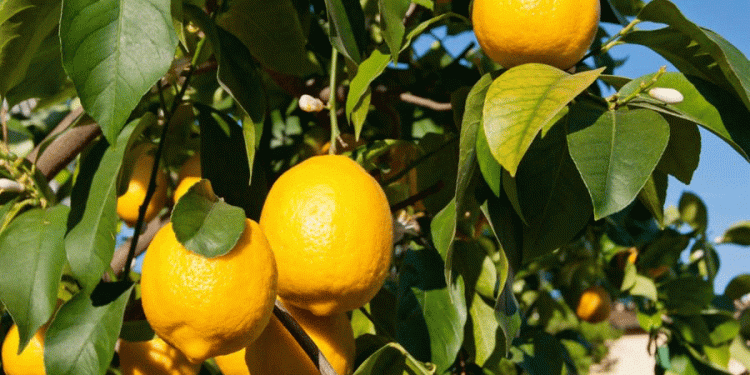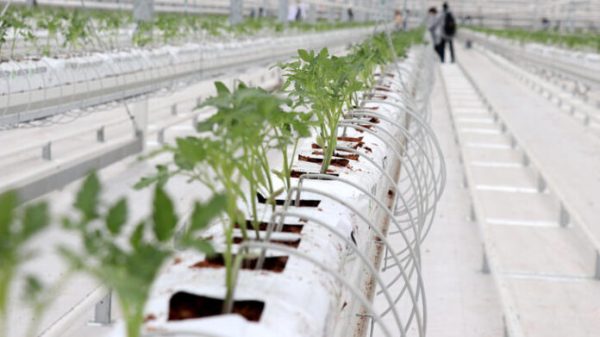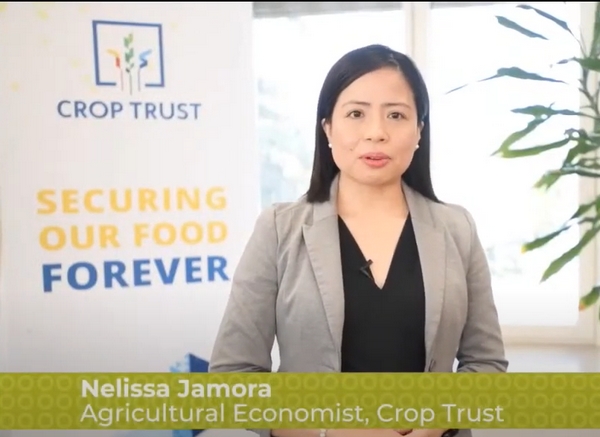In a bold move that signals a shift in French greenhouse farming, Anthony Oboussier, head of EARL Les Chambres in the Drôme department, has traded his previous crops—strawberries, cucumbers, and a variety of vegetables—for the cultivation of citrus fruits and avocados. This transition marks a response to the increasing challenges of maintaining high-quality vegetable production while balancing the demands of both greenhouses and orchards. The change comes with its share of challenges, but the potential rewards for innovation in greenhouse farming are substantial.
From Vegetables to Citrus and Avocados
Oboussier’s farm, which once specialized in a wide range of vegetables such as heirloom tomatoes, cucumbers, and spinach, faced a variety of difficulties by the end of 2023. Managing multiple crops under the same greenhouse space, combined with labor shortages, made it increasingly difficult to sustain quality production. “Over time, it became far too time-consuming and exhausting to combine work in the greenhouses with that in the orchards, especially as the teams had to be multiplied,” Oboussier explains. As a result, he decided to explore alternative crops that would better suit his schedule and the available resources.
His decision to transition from vegetable crops to citrus and avocados was based on the need for crops that could be harvested between November and February, filling the gap during the busy spring to autumn period. Citrus fruits and avocados, which are typically harvested in the cooler months, offered the perfect solution. This timing aligns with the challenges of growing other crops year-round and provides an opportunity to diversify production.
A Climate-Adaptive Experiment
In March 2024, Oboussier will plant 40 clementines, 20 oranges, 20 pomelos, and 40 avocado trees in a 3,000m² greenhouse. Despite being outside the typical growing range for these fruits in France, Oboussier is confident that the northern Drôme climate will support their growth. The farm’s existing crops—stone fruits like cherries, apricots, and peaches—along with kiwi varieties, have shown good adaptability to the region’s weather patterns, suggesting that citrus and avocados may thrive as well.
While this venture is still experimental, Oboussier’s soil analyses have been “very satisfactory,” encouraging him to continue expanding the greenhouse operation. The goal is to eventually increase the greenhouse area by 5,000m² and scale up production. By closely monitoring tree development and fruit set, Oboussier aims to determine which crop is best suited for larger-scale production.
Promising Results and Future Outlook
Although the citrus trees will take around three years to bear fruit and avocados around five years, Oboussier is already seeing positive signs in terms of growth and early-stage production. For avocados, Oboussier selected two varieties—Hass and Fuerte—which are well-suited for pollination and fruit set. The Hass variety, known for its excellent yield and eating quality, is the more common of the two, while Fuerte provides additional advantages in terms of size and agronomy.
One of the major advantages of avocado cultivation is that the fruit stops ripening once it reaches the tree’s desired size, which allows it to be stored for up to six weeks before harvest. This feature gives farmers greater flexibility in harvesting, making avocados an attractive crop for greenhouse farming. Oboussier sees the avocados as a clear focus for his future production, with favorable growth trends observed since planting.
Initially, Oboussier plans to sell his citrus and avocado crops to existing contacts in the agricultural sector, but he has ambitions to expand his reach to regional farm shops, produce retailers, and supermarkets in the future.
A New Frontier for Greenhouse Agriculture
The transition to citrus and avocado cultivation in greenhouses represents a bold, forward-thinking approach in the face of traditional agricultural challenges. As Oboussier’s experiment continues to unfold, it highlights the potential for expanding greenhouse farming to include crops that are not typically associated with temperate regions. With promising early results and a clear focus on sustainability and efficiency, this initiative could open the door to new opportunities in greenhouse farming across Europe and beyond, offering a solution to the growing demand for fresh, off-season produce.










